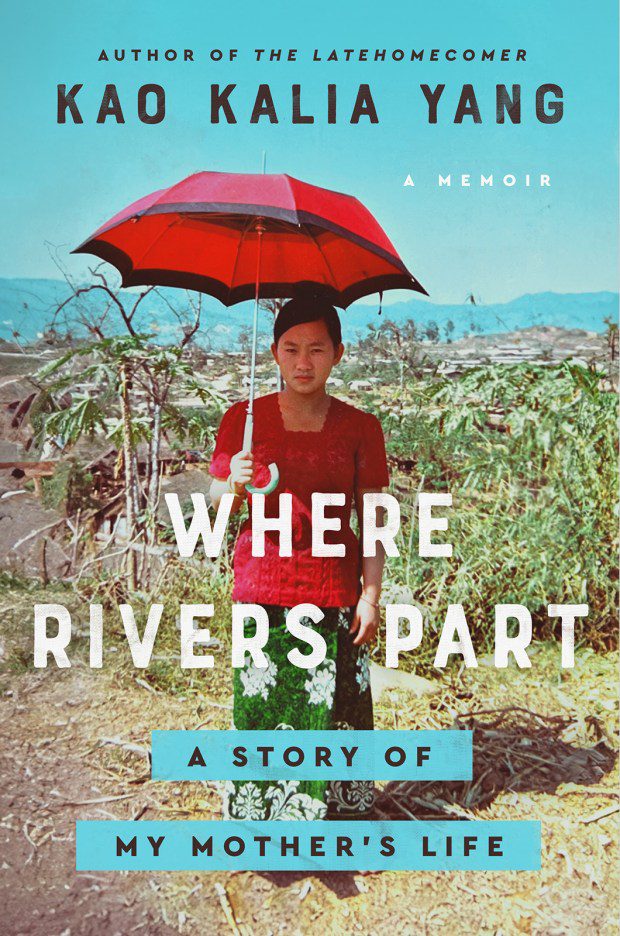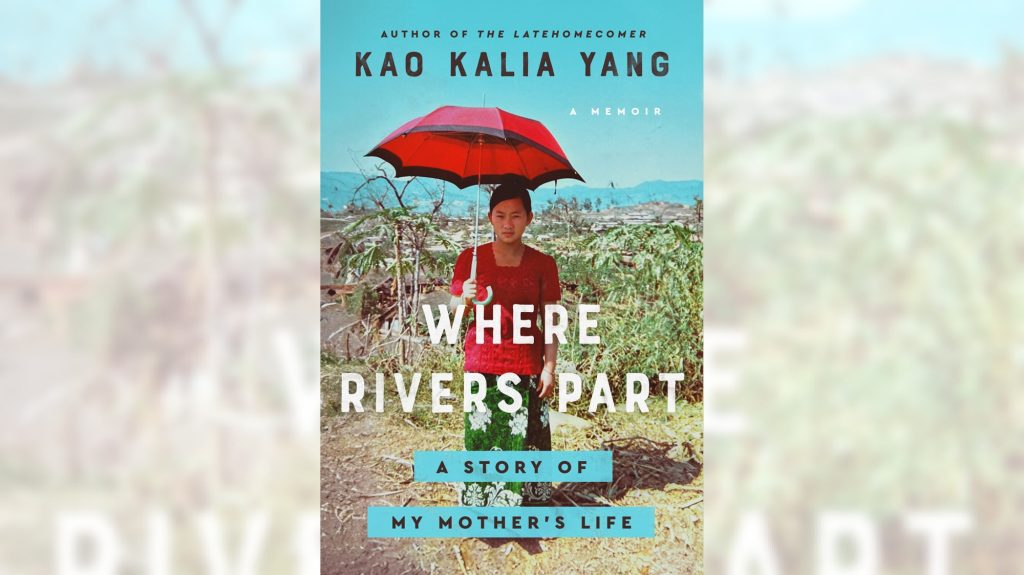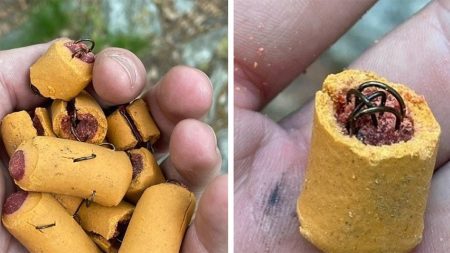Kevin Canfield | Star Tribune (TNS)
Kao Kalia Yang has been recognized as the primary recorder of Hmong life in the United States, and though this is accurate, it is the type of limited praise that immigrant authors are particularly familiar with. Let’s move beyond the qualified praise. Her incredibly impactful new book affirms Yang her as one of the most insightful nonfiction writers in America.
“Where Rivers Part: A Story of My Mother” focuses on Tswb (pronounced “Chew”) Muas. Yang’s fans know her by another name. She was “Chue” in Yang’s “The Latehomecomer,” and the exceptional follow-up, “The Song Poet: A Memoir of My Father,” which was named by Esquire as one of the 50 best biographies ever published.

Tswb gave birth to Yang in a Thai refugee camp, where her family lived for eight years before moving to Minnesota in 1987. Because her life has been a lesson in resilience, this book could have been excessively reverent. However, following the approach that worked so well in “Poet,” Yang opts for her mother’s first-person voice rather than third-person narration. This gives the book immediacy, authenticity, and humor (Yang also has an autobiographical picture book, “The Rock in My Throat,” out this month).
Born in Dej Tshuam, Laos — known locally as the Village Where the Rivers Meet — Tswb’s youth was distressing and brief. Her mother was widowed three times. Seeking stability amid chaos — North Vietnamese and Lao troops threatened members of the Hmong ethnic group, some of whom assisted America during the Vietnam War — Tswb married at 16.
Tswb sought her mother’s advice about such decisions. “Young men who smell bad will only smell worse with age,” her mother said. Nineteen-year-old Npis — “Bee” in Yang’s previous books — must have smelled just fine.
Hiding in Laotian jungles, Tswb’s family survived by fishing, bartering, and gathering vegetables. They made toothpaste from cooked banana peels.
In 1979, Tswb, Npis, and their first child, Dawb, nearly died crossing the Mekong River, yet managed to reach a refugee camp in Thailand. There, the growing family lived near an open sewage canal and trembled as wind blew the roof of their communal house. “Pressures of this transient life” caused marital arguments.
Tswb glimpsed a different life when a letter arrived from her nephew. His family was thriving since they “resettled in a place called St. Paul.” Tswb’s family made the same journey.
In the Twin Cities, Tswb worked in factories and obtained her high school diploma. More challenges awaited: Repetitive-stress injuries, depression. One of her toddlers ingested lead paint.
The book is more powerful because of Yang’s choice to include tense, not necessarily flattering, scenes. In one, Npis, upon learning that Tswb was pregnant, says he’s too old to raise another child. To Tswb, this is cowardice, the words implying she should “terminate the pregnancy.”
Despite its distressing details, “Where Rivers Part” provides a fresh perspective for the reader. As young Tswb washes bowls in a stream, “little minnows emerge out of the rocks to grab the bits of rice swimming down the current.” Years later, Minnesota snowdrifts take on “shapes like sheet-clad American ghosts in the orange glow of the streetlamps.”
After getting married, Tswb was referred to by her relatives as “Npis’ wife.” In her daughter’s outstanding book, Tswb excels in the main role.
Where Rivers Part: A Story of My Mother’s Life
By: Kao Kalia Yang.
Publisher: Atria, 310 pages, $28.99.
©2024 StarTribune. Visit at startribune.com. Distributed by Tribune Content Agency, LLC.









